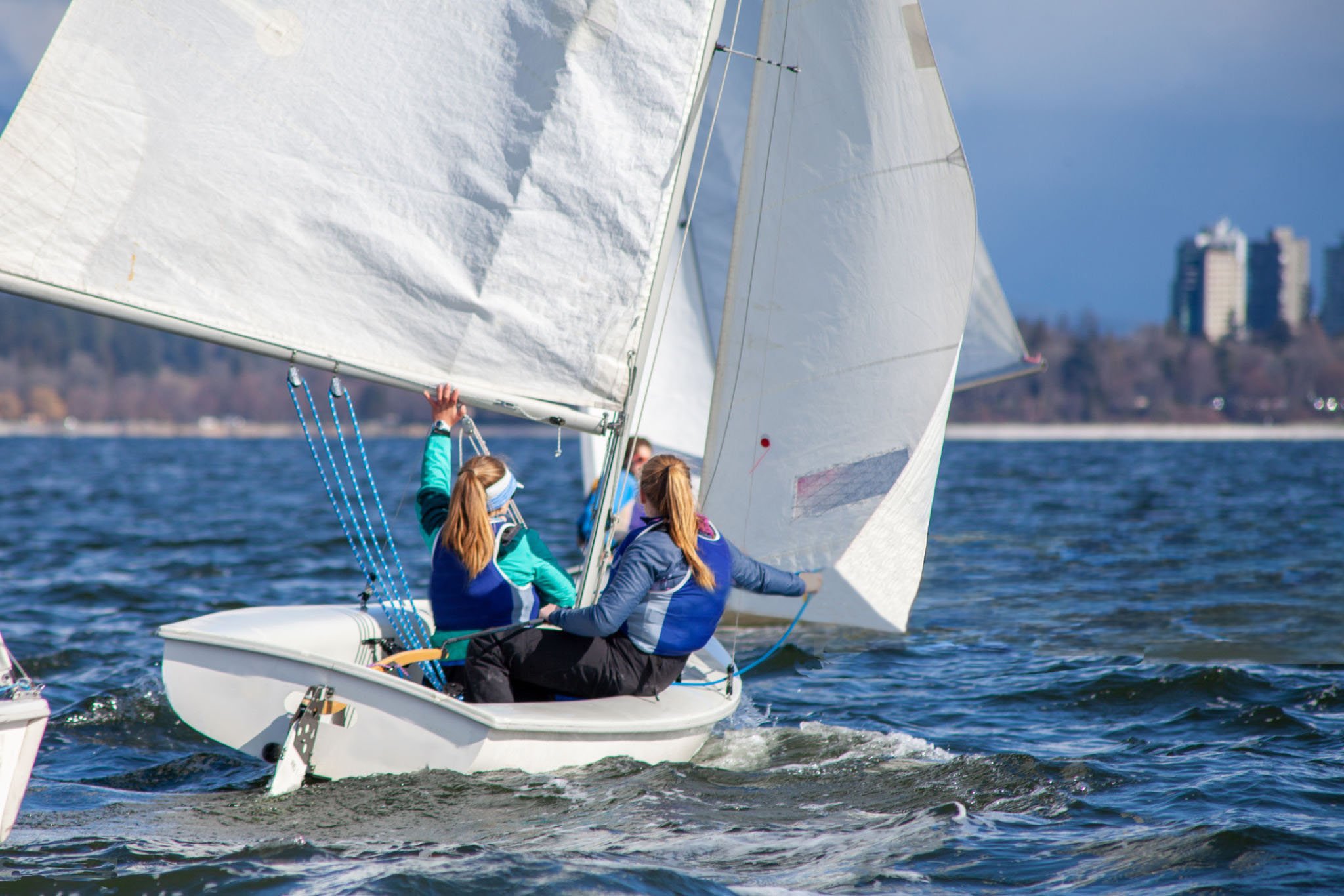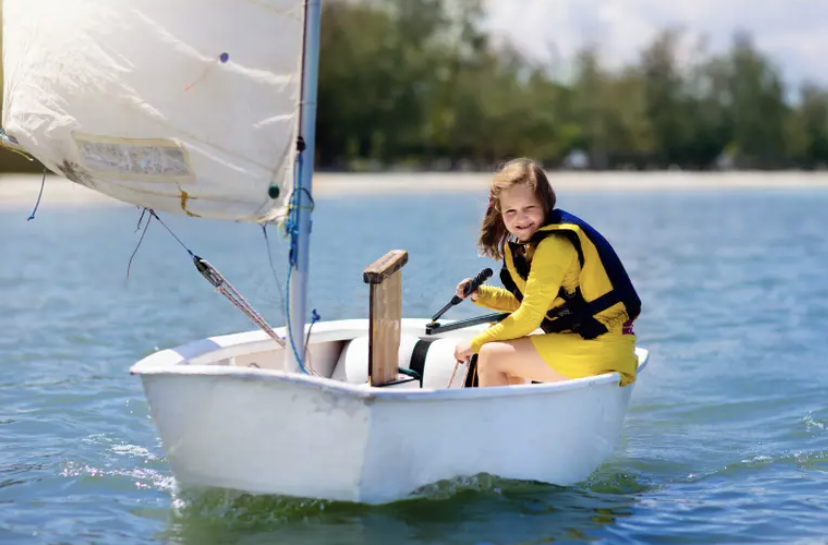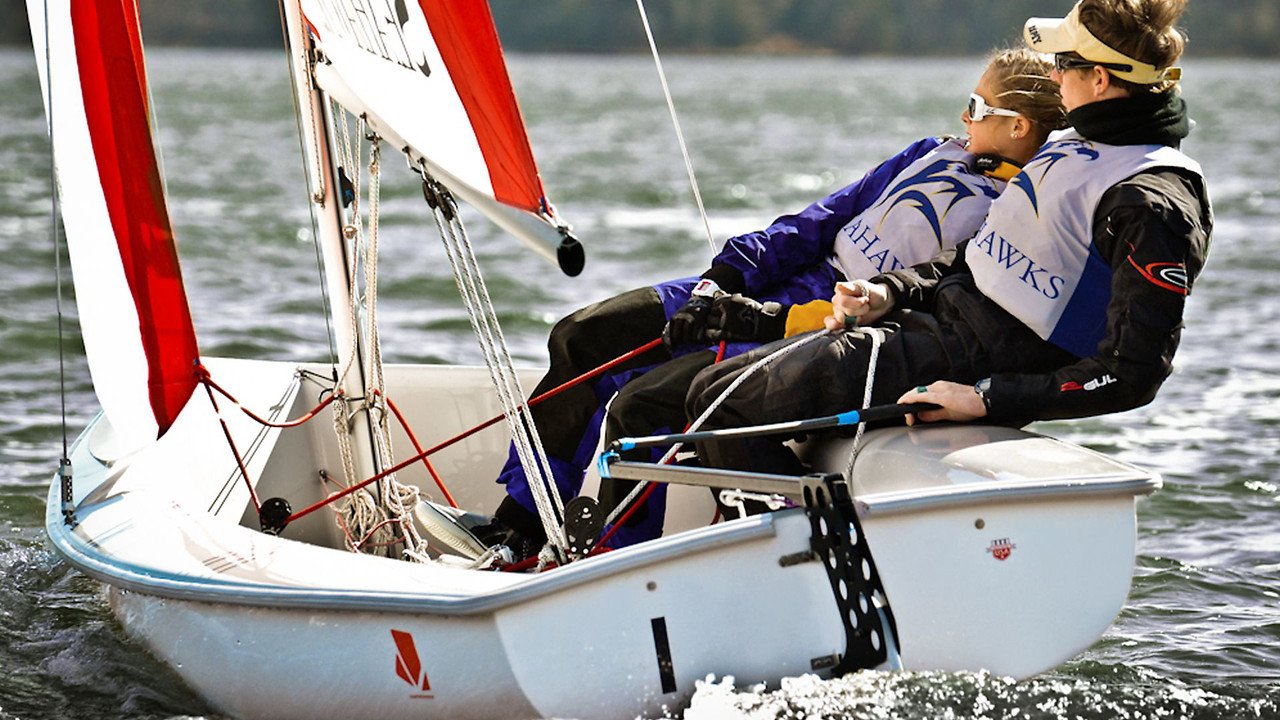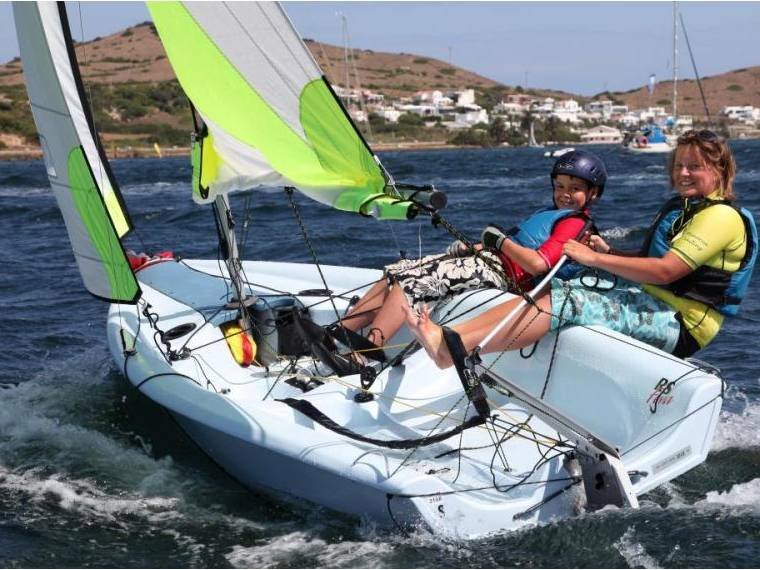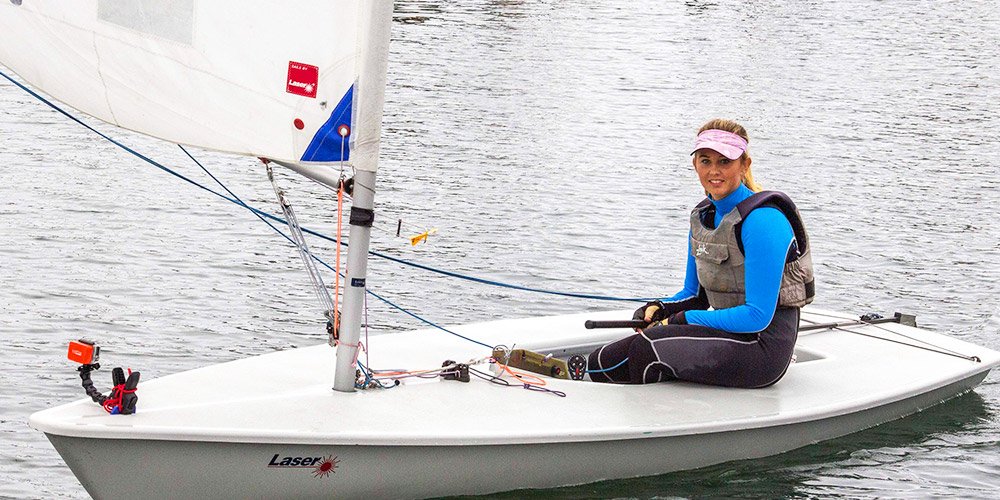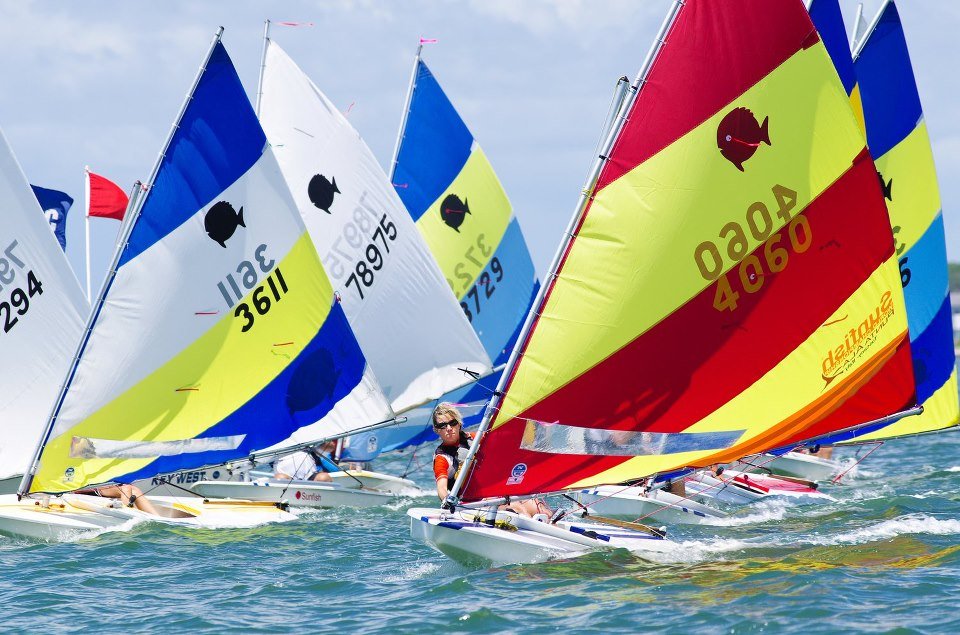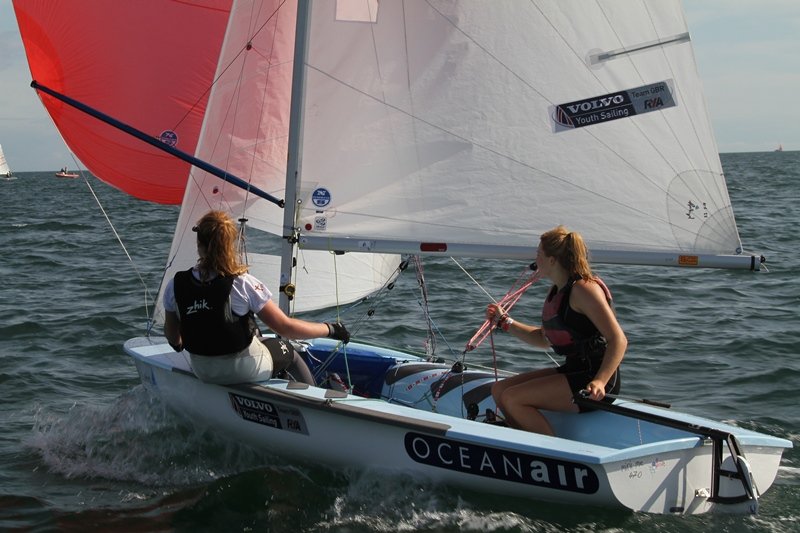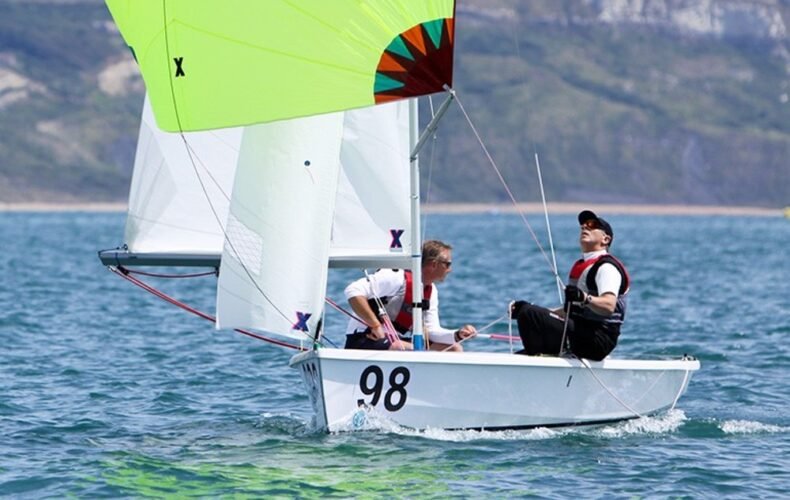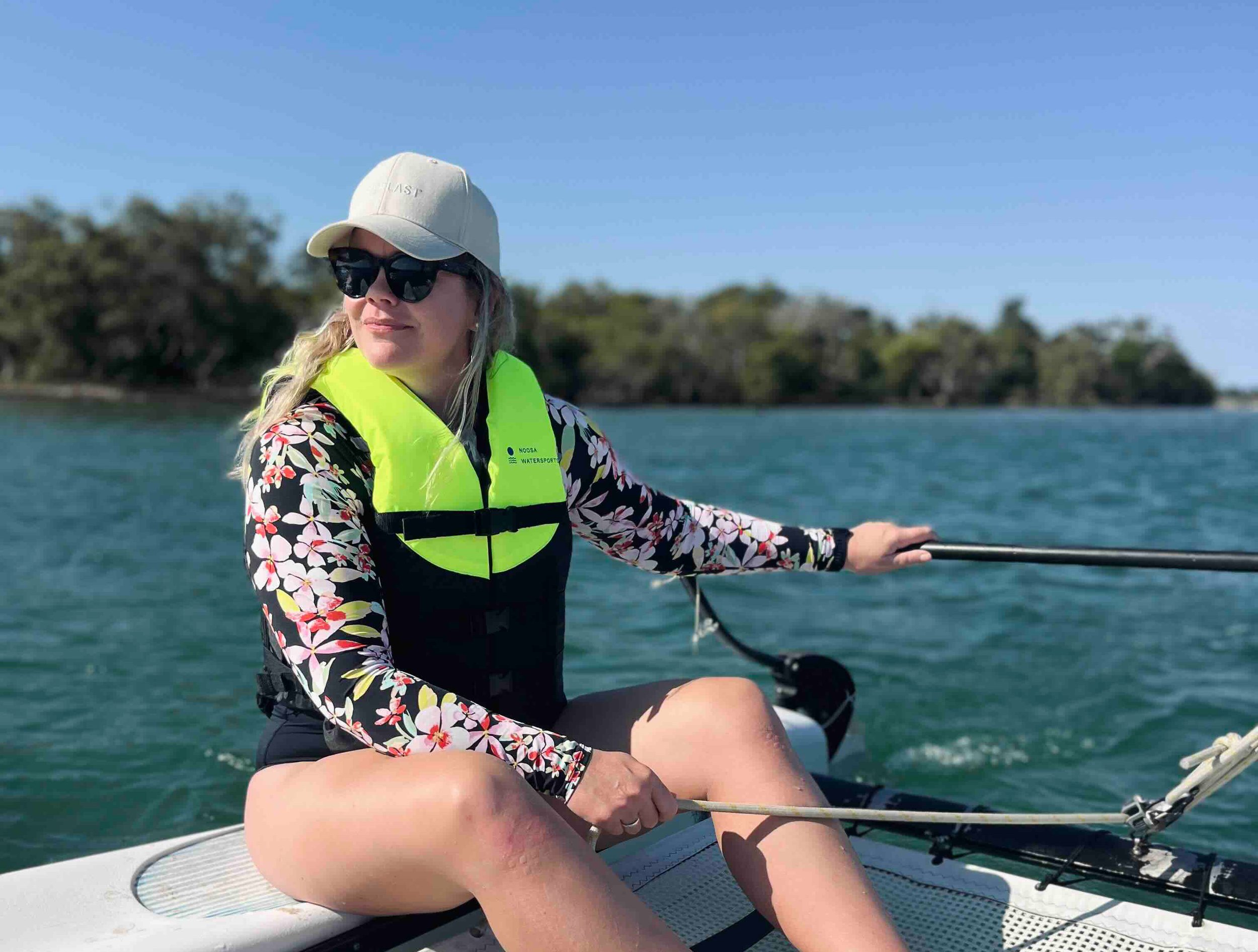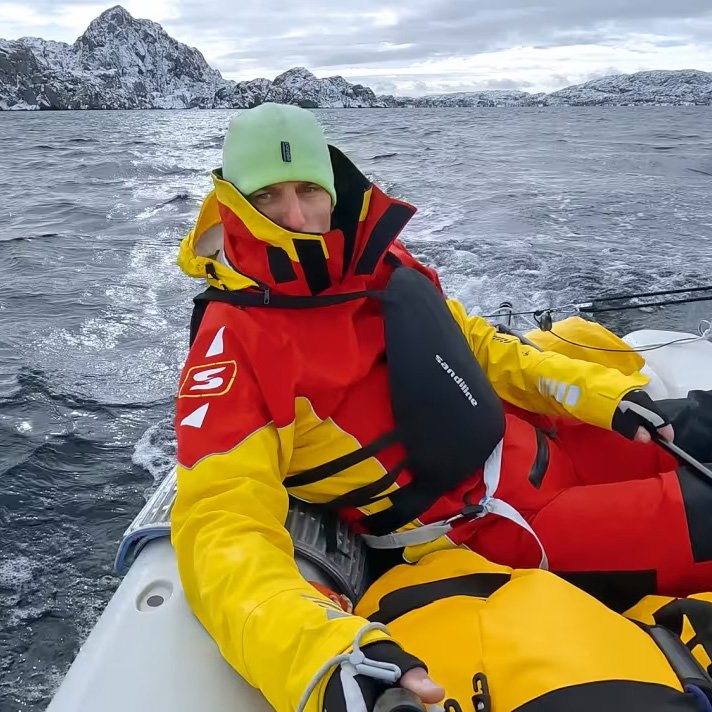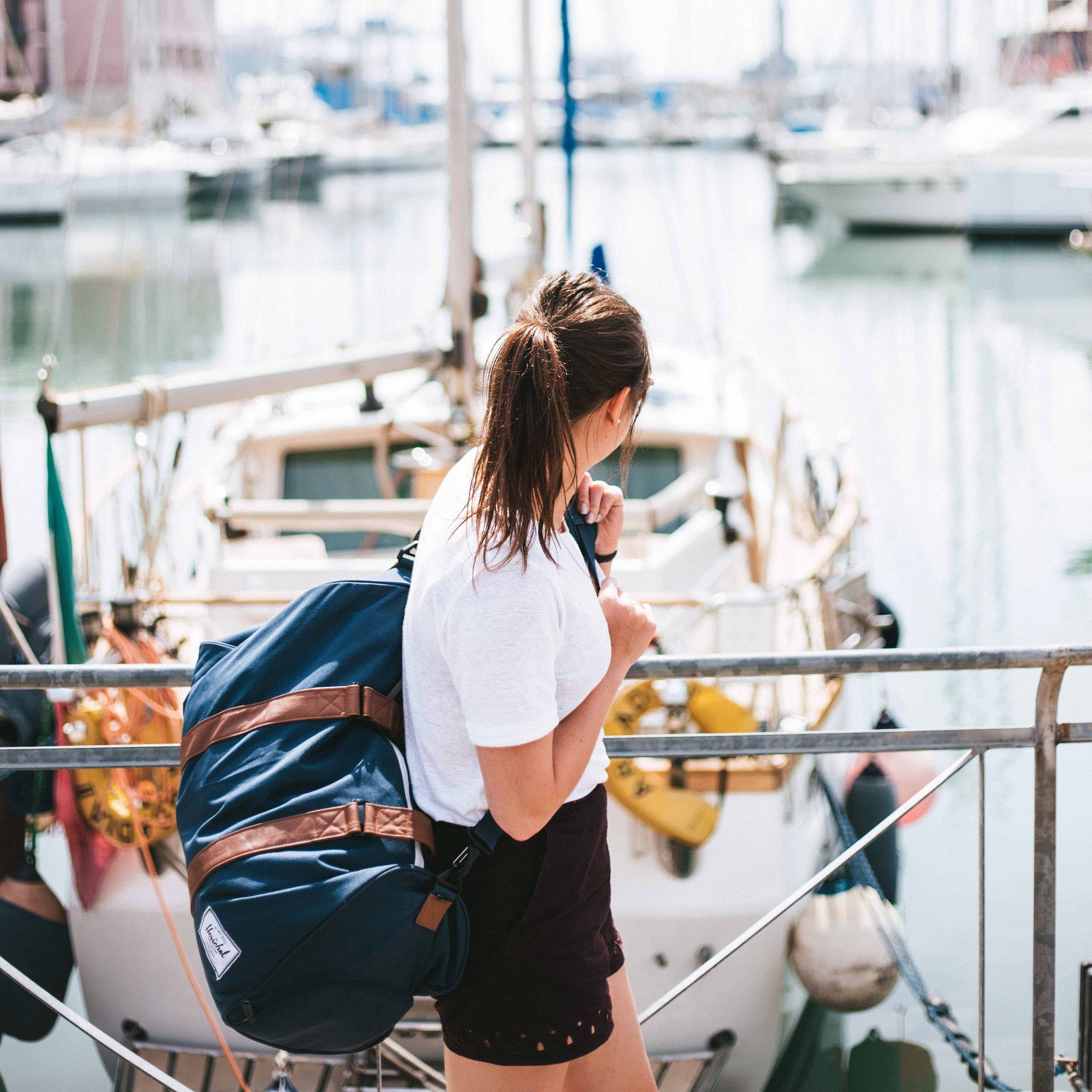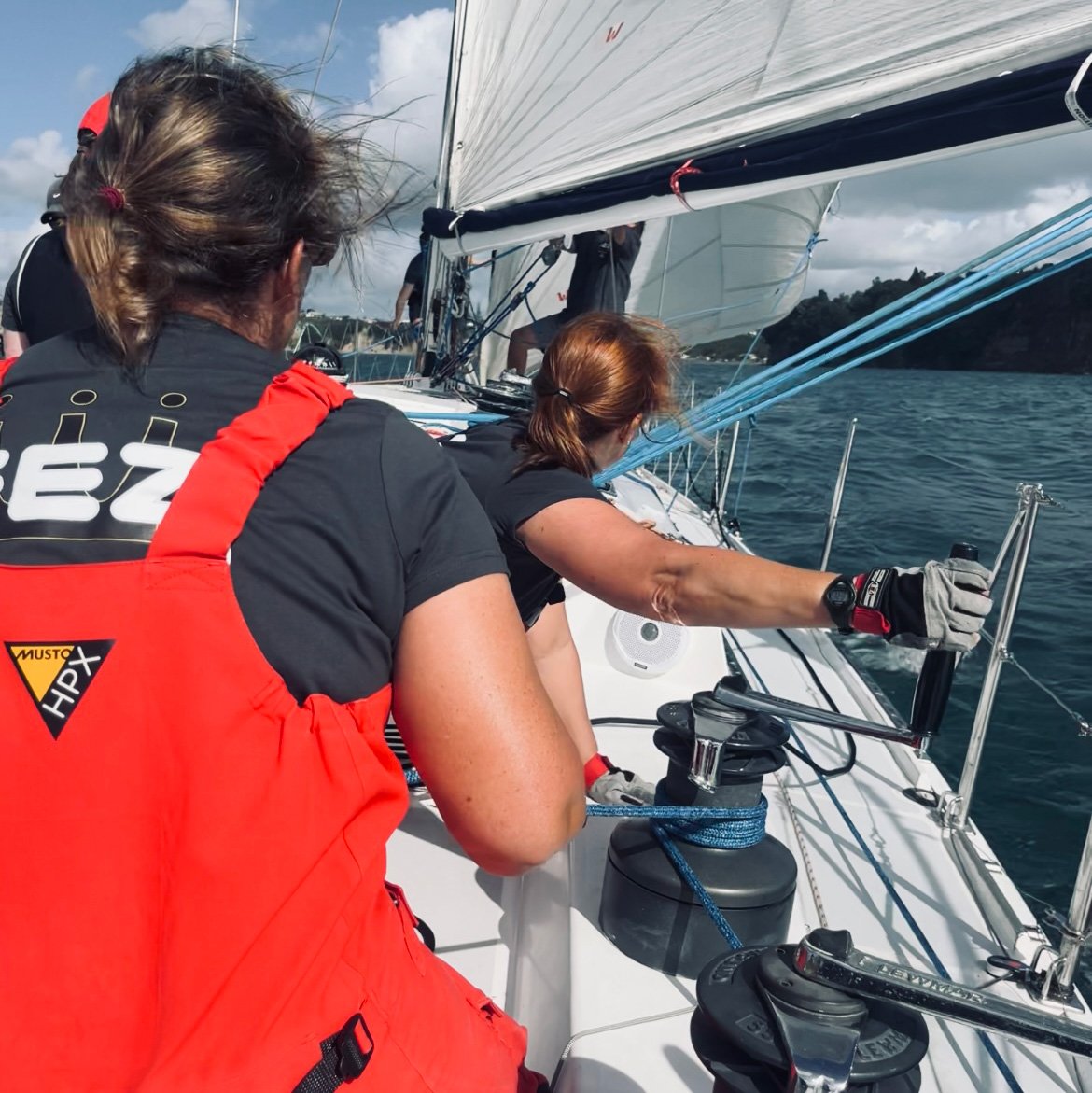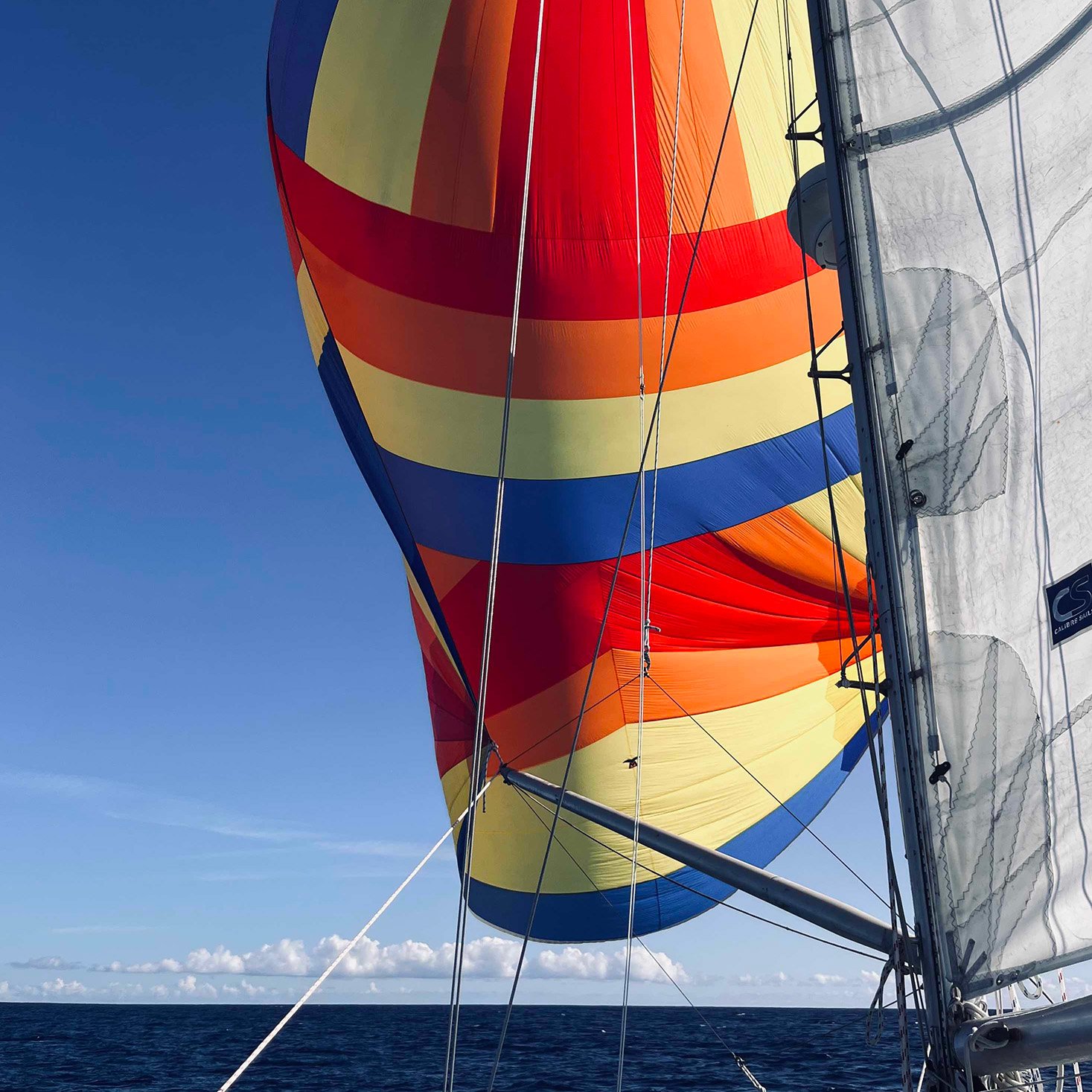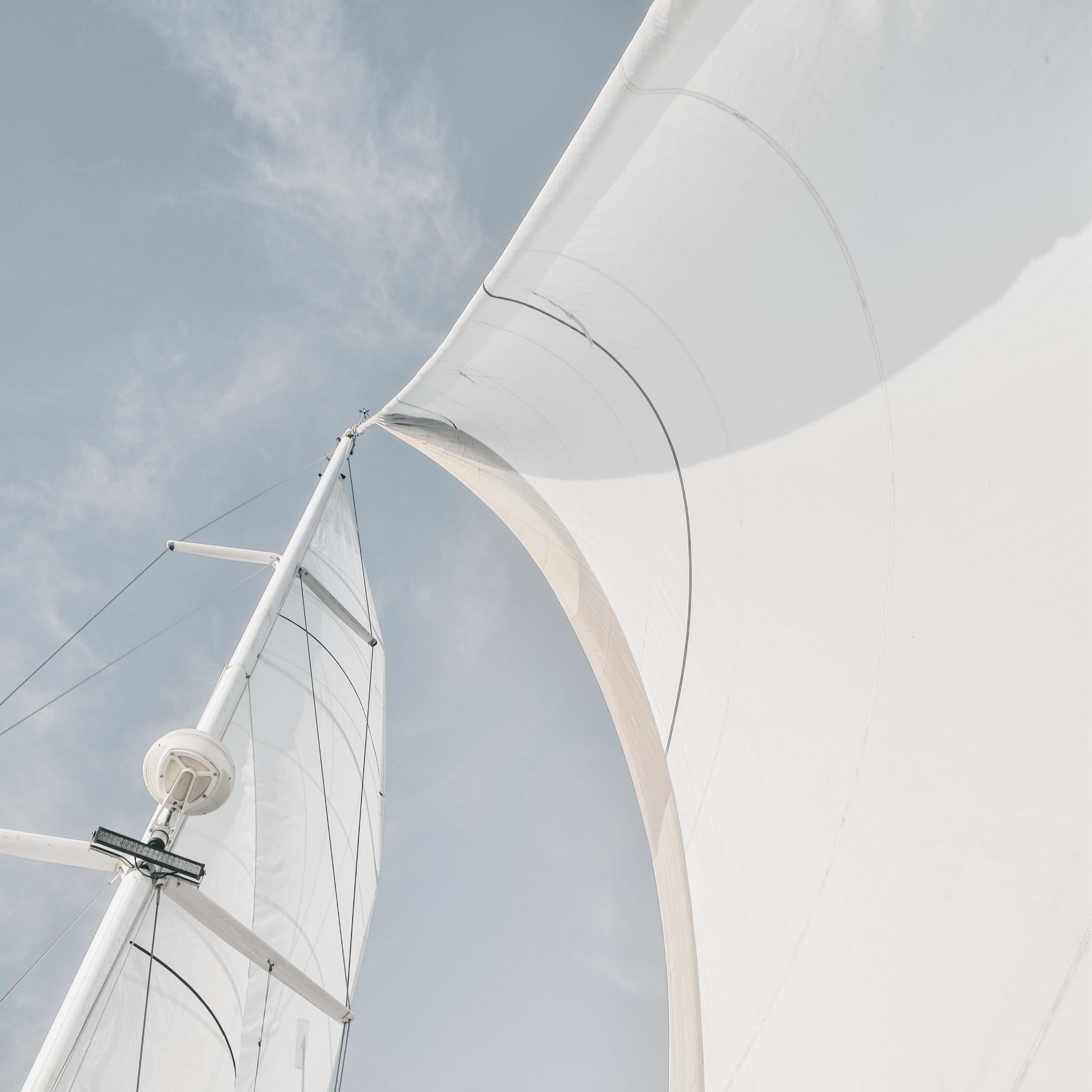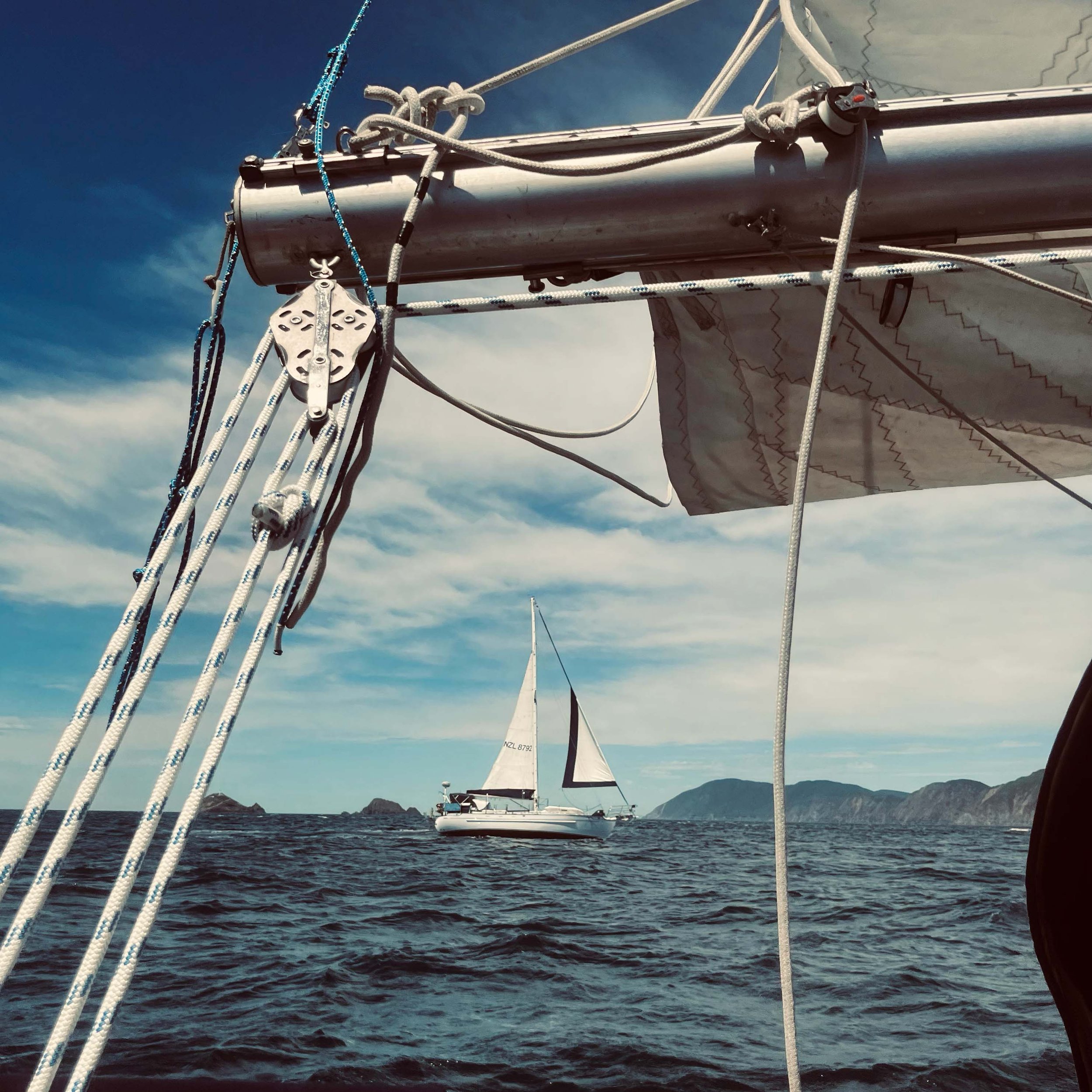An Easy Guide to the 8 Best (And Funnest) Small Sailboats to Learn to Sail
Saltwater Journal is reader supported.
When you buy through our links we may earn an affiliate commission (at no extra cost to you)
It’s no accident most of the world’s top professional sailors got their start in small boats. But for those of us that missed the boat learning to sail as a kid, here’s the great news — there’s no age limit on learning to sail! And you don’t need to eye up an F50 foiling catamaran in SailGP to have a good time either. Whether you’re 24 or 40, sailing small boats can provide a much needed escape and open up a whole new world of practical skills, fun on the water and break from work and routine.
If you're looking to enjoy the tranquillity of cruising on a lake or exploring the coastline, or have your sights set on the vast expanse of the open ocean, mastering the art of a sailing dinghy is a rewarding and affordable way to begin your sailing adventure. But how do you know which is the best boat for you? And where do you try one first? And how much will it cost?
In this article, you’ll get answers to all the FAQs about learning to sail so you can feel confident to give it a go. And we’ll look at the 8 best, most fun small sailboats for you to try!
-
FAQs:
Why can’t I learn on a big boat?
What are the benefits of learning in a small boat?
Is learning to sail expensive?
Where can I try a small boat out first?
How much does a small boat cost?
Where can I buy a small sailboat?
What’s the best small boat for me?8 Funnest Small Sailboats to Learn to Sail:
1. Optimist
2. Flying Junior (FJ)
3. RS Feva
4. Laser
5. Sunfish
6. 420
7. Wayfarer
8. Hobie Cat
Small boats are better than big boats for learning to sail in
Why can’t I learn on a big boat?
You can! Plenty of sailors have learned to sail through crewing on bigger keeler boats. But I 100% recommend starting out in sailing dinghies for many reasons:
They’ll teach you more quickly how the boat moves in wind
You’re in control and your own actions and adjustments are immediate and obvious (you’ll learn quicker what went wrong, or right!)
You’ll experience the effects of those in a safe environment, with no major consequences – aside from getting wet!
What are the benefits of learning in a small boat?
Small boats are good for your budget
Sailing dinghies are an awesome way to give sailing a go without a big investment up front. After all, you want to make sure you enjoy it first right? Smaller boats are much cheaper to buy, maintain and repair, and store.
It’s fun for everyone
Get your family, or a group of mates involved — it’s an awesome way to spend time together mucking about in the water. On a small boat, it’s quick and easy to set up to give it a go and have a great laugh. Small boat sailing’s a pretty fun summer session — and if you’ve got kids doing it with you — that’s the kind of fun experience they’ll remember forever #memories.
You’ll experience tiller steering
A small sailing dinghy has tiller steering — that’s a long lever attached directly to the rudder (as opposed to a steering wheel, which is connected via a mechanical, electrical, or hydraulic system). The benefits of learning to sail with a tiller is that you’ll start to immediately feel if the boat is out of balance, compared to wheel steering which is less intuitive. Your ability to feel the boat responding and keep wind, sail and boat position in balance will be more sensitive learning with a tiller.
You can give racing a go
Sailing small boats may just ignite your competitive spirit with racing regattas! There are many different classes of sail racing offered through most clubs, from dinghy sailing through to keeler races. While many at a high-level do have age class brackets, there are still plenty of options to get involved with at any age. There are plenty of women only sailing events if you’re keen to get involved for the first time.
Is learning to sail expensive?
Only if you buy a big boat! Learning to sail doesn’t have to cost a lot. There’s likely a local club nearby that runs affordable adult and family friendly learn to sail classes — either for a one off course fee, or as part of the club membership. Most clubs have an ageing membership and are actively encouraging new people to sail so membership fees are kept as low as possible. They’re especially supportive of the younger generation!
Regarding sailing gear, don’t rush out and buy any expensive sailing gear until you get a feel for sailing, your style of boat, and what the conditions are like for your area. Then you can better choose a wet weather jacket and sailing gear that’s going to suit you. I do recommend you invest in a pair of sailing gloves early on though (see my top glove picks here)
Where can I try a small boat out first?
Look for a local club with Learn to Sail classes — you’ll be able to get out on the club boats and try those. Most have a fleet of Sunfish (or similar) dinghies to learn to sail and race in. Once you’re comfortable and the sailing bug has bit (it’s catchy and sorry I don’t have the cure) you can look to buy a small boat of your own.
How much does a small boat cost?
Anywhere from $100 to $12,000US depending on the age and type of boat. It’s highly likely you can pick up a used sailboat for a good price, but if you want to spend more (and deck your boat out with the latest high-specs) — you’ll be able to! Remember with costs you will need to factor in the transportation or storage of your boat too. For example, you may need to buy a trailer to transport your small boat, or pay rental to a local marina or yacht club to store this onsite.
Where can I buy a small sailboat?
If you’re looking for a second hand boat, sailing clubs often have small boats available to sell — whether they’re retiring some of their own fleet, or there are members who have upgraded. Keep an eye out on club noticeboards, newsletters or ask around. If you’re in the Learn to Sail classes, you’ll likely meet someone who knows someone who’s got the boat for you!
Alongside my detailed list of the best places to buy a used boat, here are the most popular websites that sell small sailboats:
Boats.com (International)
Sailsport Marine (USA)
Dinghy Shop (USA)
Apollo Duck (UK)
Dinghy Mart (UK)
Kajiji (Canada)
Boat Sales (Australia)
Gumtree (Australia)
Trademe (New Zealand)
What’s the best small boat for me?
For beginners, selecting the right boat to buy is crucial, as it can make the process of learning more manageable and enjoyable. That’s why I recommend trying a few boats out through a local sailing club first. It’s good to know about the common types of small boats and how they’re different from each other, so now we’ll explore some of the best small boats on which you can learn the ropes and sail with confidence.
Note: Sailing dinghies are specifically designed to be sailed by a certain number of crew, and sail at their optimum speed with maximum boat and crew weight ranges (this is more important in racing class rules). For example, adults usually skip the Opti dinghy (usually sailed by under 15’s) and go straight to a bigger size sailboat like the Sunfish or Laser. To guide you on boat size and if you’re looking to sail on your own or with others, I’ve included the length of boat over the water, and indication of number of people and sails onboard.
8 Popular Small Sailboats to Learn to Sail In
Optimist Dinghy
Smallest of the dinghies is the Optimist
Length: 7.67ft / 2.34m
Designed for 1 or 2 kids or petite adult, 1 sail
The Optimist dinghy, commonly referred to as the Opti, is a globally recognized sailboat that has introduced countless young sailors to the world of sailing. Its compact size, stability, and simplicity make it an ideal vessel for beginners, especially children. With a single sail and a manageable rigging system, the Opti allows newcomers to grasp the fundamentals of sailing without feeling overwhelmed. Moreover, its buoyant hull design ensures safety, instilling confidence in young sailors as they navigate the basics of wind dynamics and boat control.
2. Flying Junior (FJ)
Fly along in the FJ
Length: 13.22 ft / 4.03m
Designed for 2 crew, 2 sails
The Flying Junior, commonly referred to as the FJ, is a robust and agile sailboat designed for both training and competitive sailing. Its sturdy build, stability and responsive rigging system make it an ideal choice for beginners eager to explore the dynamics of wind and water on a more challenging vessel. With a two-person crew, the FJ emphasizes teamwork and communication, fostering a sense of camaraderie and shared responsibility among novice sailors. Its performance-oriented design encourages learners to master the art of sail trim and weight distribution, preparing them for the intricacies of competitive sailing and more advanced boat handling techniques.
3. RS Feva
Catch sailing fever in the RS Feva
Length: 13.3ft /4.05m
Double-handed dinghy for pre-teens and parent / child teams, 3 sails
The RS Feva is a modern sailboat renowned for its user-friendly design and versatility. With a spacious cockpit and a manageable rig, the RS Feva accommodates both single-handed and double-handed sailing, catering to a diverse range of skill levels and preferences. Its responsive nature and forgiving hull promote a comfortable learning experience, allowing novices to focus on refining their sailing techniques without feeling overwhelmed. The RS Feva's emphasis on adaptability and performance makes it a popular choice for sailing schools and families looking to embark on an engaging and rewarding sailing journey together.
4. Laser
Sharpen your sailing skills with the Laser
Length: 13.88 ft / 4.23m
Designed for 1 crew, 1 sail
There are different Laser designs, however the Laser International is an Olympic class dinghy and widely acclaimed small sailboat known for its versatility and sportier performance. While it may appear more challenging compared to the Optimist and Sunfish, the Laser is an excellent option for individuals seeking a more dynamic sailing experience. Everything you need to know about sailing can be learned on this boat. With its responsive nature and adjustable sail controls, the Laser allows beginners to develop a deeper understanding of sail trim and boat balance. The popularity of the Laser International highlights the versatility of a boat — from learning to sail to getting involved in the racing scene.
5. Sunfish
Fun in the sun with the Sunfish
Length: 13.9ft / 4.24m
Designed for 1 or 2 crew, 1 sail
The Sunfish is a super popular choice for those starting their sailing journey. Its uncomplicated design and ease of handling make it an excellent option for novices who want to develop their skills in a straightforward and stress-free manner. With a single sail and a simple setup, the Sunfish promotes a hands-on approach to sailing, allowing beginners to understand the impact of wind and water currents on the boat's movements. Its stability and responsive nature make it an enjoyable vessel for learning to tack and jibe, two fundamental techniques in sailing.
6. 420
Any time is a good time for enjoying the 420
Length: 13.9ft / 4.2m
Designed for 2 crew, 3 sails
The 420 sailboat is a favoured choice for sailing schools and clubs worldwide, renowned for its balanced design and versatility. With a responsive rig and a moderate sail plan, the 420 offers a smooth transition for beginners progressing from smaller boats to slightly larger vessels. Its two-person configuration fosters teamwork and communication, encouraging novices to develop coordination and cooperation while honing their sailing skills. The 420's manoeuvrability and stability make it an excellent platform for learning advanced techniques, such as trapezing and spinnaker handling, laying a strong foundation for future sailing endeavours. This racing dinghy holds status as a World Sailing International Class.
7. Wayfarer
Start your travels on the sea with the Wayfarer
Length: 16ft / 4.82m
Designed for 1-4 crew, 3 sails
The Wayfarer cruising dinghy, built by Hartley Boats is renowned for its sturdy construction and versatile design, stands out as an ideal small sailboat for families and sailing enthusiasts seeking a reliable vessel for both leisurely cruising. It’s the most stable dinghy too! With its spacious cockpit, responsive handling, and adaptable seating arrangements, the Wayfarer offers a stable and predictable sailing experience, accommodating various crew sizes and sailing preferences. Its enduring popularity, strong class association, and supportive community make it a beloved classic in the world of small sailboats, embodying a perfect blend of performance, comfort, and inclusivity for sailors of all levels.
8. Hobie Cat
Start a fun hobby with the Hobbie Cat
Length: 16.7ft / 5.04 m
Designed for 1 or two crew, 2 sails
For those drawn to the thrill of catamarans, the Hobie Cat (such as the 16 model) offers an exciting platform for beginners to delve into the world of multihull sailing. With its twin hulls and trampoline design, the Hobie Cat combines stability with speed, providing an exhilarating sailing experience for novices eager to explore the nuances of handling a more complex vessel. While it may require a steeper learning curve compared to traditional monohull boats (it’s harder to tack/change direction upwind), the Hobie Cat rewards learners with its ability to harness the wind and speed across the water. This makes it an enticing option for those seeking an adventurous introduction to sailing! Its asymmetrical hulls eliminate the need for dagger boards and is the perfect beach-launching catamaran. If you’d like to see these in action, here’s a great beginner video series for learning to sail Hobie Cats.
Keen to try a Hobie Cat? (Yes the answer is Yes…)
In Summary
All of these 8 small boats will give you a fun new sailing experience and help you to understand the relationship between wind dynamics, sail control, and boat balance. I have no doubt you’ll find one here that suits your goals and lifestyle. They’ll all give you an incredible foundation for future sailing in bigger boats.
There is a balance between finding the right boat for you, and not overthinking it. Most importantly, the best small boat is one that you have access to right now! Or the one you can manage yourself and will get you out on the water as soon as possible, learning and having fun.


